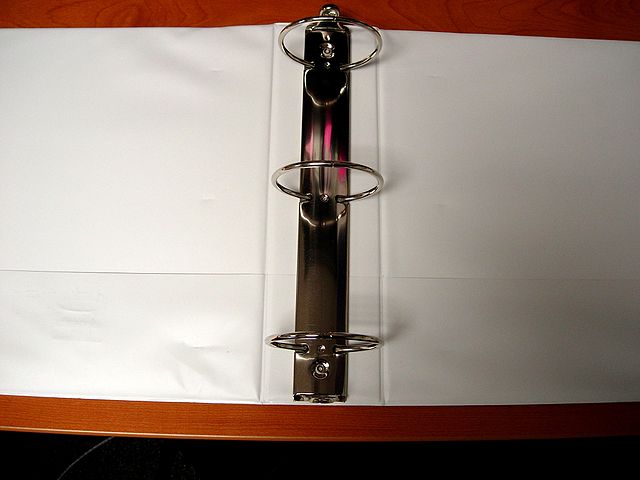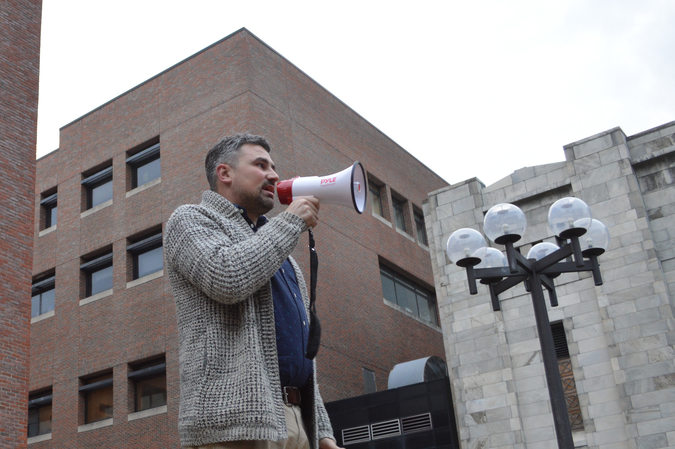Women’s employment is a hot topic. In the last presidential debate, Mitt Romney set the Internet ablaze with his response to a question about women in the workforce. His “binders full of women” comment went viral and spawned its own parody Tumblr, Twitter and Facebook page within minutes. Obama and Romney hammered back and forth on the question—Obama highlighting his action on the Lilly Ledbetter law, Romney pushing back with statistics regarding women and unemployment. The question remains, however: what effect has the Great Recession had on men and women? And what ramifications do those effects have for the future?
Hanna Rosin, in her landmark article “The End of Men” and in her book of the same title, answered this question with a startling assertion. According to Rosin, the recession made possible a paradigm shift in gender roles. Before the recession, she said, the demands of the global economy were already shifting away from typically “masculine” jobs such as manufacturing and towards jobs in the service industries. “As thinking and communicating have come to eclipse physical strength and stamina as the keys to economic success, those societies that take advantage of the talents of all their adults, not just half of them, have pulled away from the rest,” Rosin wrote.

So how does this fit into America’s very own “Great Recession”? Most of the jobs that were lost, especially in the beginning of the recession, were in the traditionally masculine jobs referenced above, such as manufacturing, construction, and high finance. Moreover, men were hit harder overall by job losses than women, losing three-quarters of the 8 million jobs that the American economy hemorrhaged during the recession. Service industries–such as nursing, child care, and food preparation—fared much better. Partly as a result of this, and partly because many women work in government-sector jobs that were temporarily supported by the stimulus package, women lost drastically fewer jobs than men. Even more telling, Rosin wrote, as the economy recovers, “of the 15 job categories projected to grow the most in the next decade in the U.S., all but two are occupied primarily by women.”
In an August article for the New York Times Magazine entitled “Who Wears the Pants in This Economy,” Rosin investigated further into cultural reasons for this employment discrepancy. She interviewed several families in Alexander City, Alabama, a former manufacturing hub that is being forced to reevaluate its position in the country’s economy. Like their city, the men featured in this article had lost a chunk of their identities when they lost their manufacturing jobs and were unable to be the primary breadwinner for their families. Their wives, some pushed by necessity into the job market for the first time, found jobs in education and in community mentorship. Other wives that already had jobs in fields such as nursing dedicated their efforts to achieving promotions and higher salaries while their husbands took over childcare and endlessly applied to jobs.
Rosin credits a few phenomena for the success of these women. First and foremost, the men in the community were accustomed to working at a high pay rate and in high positions. Their female counterparts entering the workforce for the first time were willing to accept jobs at a much lower salary because for them, any money was more than what they were used to. Men were also limited by traditional gender roles. They felt uncomfortable applying for secretarial or service positions, and when they did, female employers were amused at the idea of a male secretary. Finally, women were more willing to go back to school and learn skills than their male counterparts. Two-thirds of the students at the local community college were women.
To conclude her argument in “The End of Men,” Rosin headed to several colleges in the Kansas City area. Her analysis of young college students again highlighted young women as the up-and-comers; the young women she met with were planning on careers in medicine, marketing, and business. They were focused on their futures and were quite open about the fact that they expected their future husbands to pick up the slack when it came to child rearing. Despite fears about the dreaded 60:40 female to male ratio, colleges and universities across the nation are accepting women at high rates, and those women are succeeding. Women are earning 60% of Master’s degrees and almost 60% of Bachelor’s degrees across the nation.
Rosin’s argument is convincing. Without a doubt, she proves that women are a force to be reckoned with in today’s economy, and that their share of the economy will likely grow throughout the next decade. However, her analysis is problematized by the fact that, since she wrote her landmark article, men have been regaining jobs at a higher rate than women. There is also still a wage gap between men and women in the states, and there are infamously fewwomen of power in the highest-earning positions in the business world. However, if Rosin is correct about women becoming the dominant sex in American and worldwide work force, that paradigm shift will have tremendous ramifications. Perhaps someday in the not so far off future, a female presidential candidate will be leafing through binders of her own, looking for men to diversify her very own President’s Cabinet.



